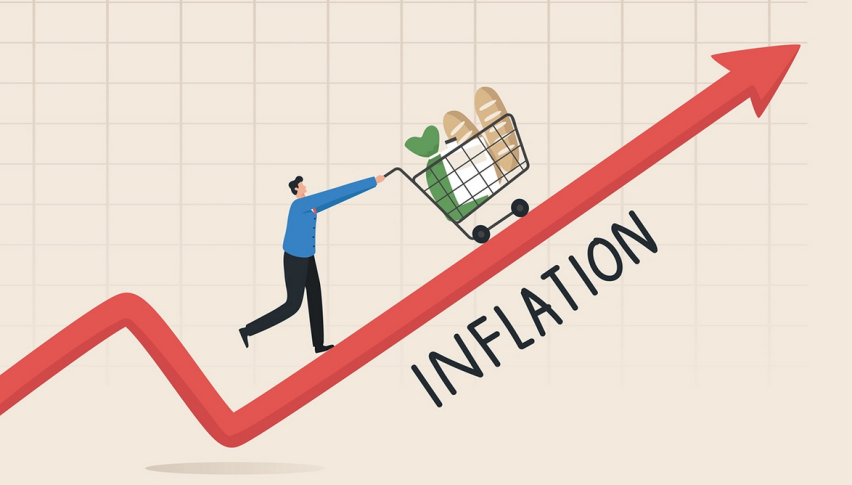Headache for the Fed: U.S. Wholesale Inflation Jumps Sharply
The Producer Price Index climbed 3.3%, well above the 2.5% forecast and up from June’s 2.6%, marking the highest level since March 2023.

Quick overview
- Wholesale inflation in the U.S. rose 0.9% in July, the largest increase since August 2022, surprising market expectations.
- The Producer Price Index (PPI) climbed 3.3% annually, exceeding forecasts and marking the highest level since March 2023.
- Service costs surged 1.08% month-over-month, driven by significant increases in wholesale and retail margins.
- Jobless claims showed signs of easing, with new claims at 224,000, supporting expectations for a potential Fed rate cut.
Wholesale inflation in the United States rose 0.9% month-over-month in July—the sharpest increase since August 2022—surprising markets that had expected only a 0.2% gain after a flat reading in June.

The data points to the impact tariffs are having on the U.S. economy. Still, markets continue to price in a rate cut next month. Jobless claims data, released at the same time, came in line with expectations.
On an annual basis, the Producer Price Index (PPI) climbed 3.3%, well above the 2.5% forecast and up from June’s 2.6%, marking the highest level since March 2023. Core PPI rose even more sharply—jumping to 3.7% from 2.6% in June, compared to an expected 2.9%.
Breaking down the figures, service costs surged 1.08% on the month, the biggest gain since March 2022, driven largely by a 2.04% increase in wholesale and retail margins—especially in the machinery and equipment sector. For goods, core prices rose 0.4%. Analysts noted that, despite a slowdown in demand in the first half of the year, companies are adjusting prices to offset the impact of tariffs. The key question now is how much of this will be passed on to consumers, which will be central to the Fed’s rate path. Markets will be watching upcoming activity and price data to see if the PPI jump is a one-off or the start of a more persistent trend.
Is the Labor Market Cooling?
Jobless claims—a closely watched gauge of labor market health—showed signs of easing. New claims came in at 224,000, about 1,000 fewer than expected and down from 227,000 the previous week. Continuing claims totaled 1.953 million, 7,000 below estimates and 14,000 lower than the prior week.
While indirect, this indicator often moves in tandem with hiring trends—when hiring picks up, continuing claims tend to decline. The latest data also followed downward revisions to job creation figures for May and June, bolstering expectations for a Fed rate cut.
- Check out our free forex signals
- Follow the top economic events on FX Leaders economic calendar
- Trade better, discover more Forex Trading Strategies
- Open a FREE Trading Account